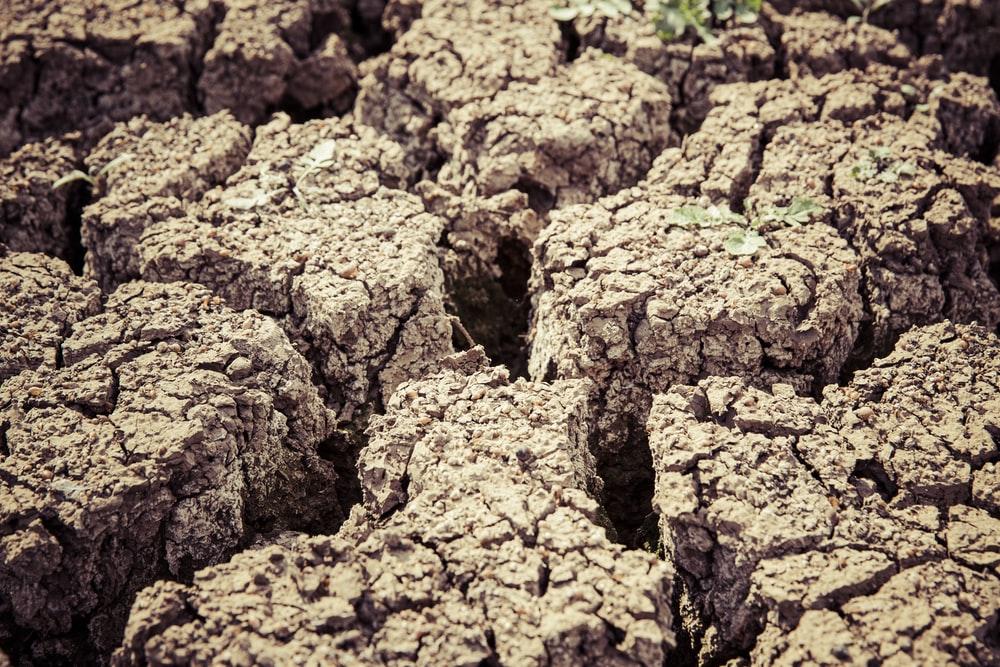
Photo by Dan Meyers on Unsplash
Africa has seen many atrocities. But perhaps the most devastating of them all has been the climate change that has ravaged most of the African countries and accelerated many diseases causing malnutrition & an assortment of other conditions.
Malawi is one of the African countries that have been highly impacted because of the rapid growth of its population and the plight of deforestation. As a result of lack of electricity and the growing demand for fuel & land for agricultural purposes, Malawi has seen too many trees being mowed down, leaving it bare & vulnerable to soil erosion.
Let’s look at the following facts about climate change in Malawi to fully grasp the situation.
1. The Growing Population
Malawi’s population is growing exponentially. It has grown from about 18 million to over 19 million people from 2018 to 2020 alone, which amounts to approximately 2.29% annual growth. The more the population grows, the more carbon emissions, leading to the decrease of the earth’s ability to combat climate change.
2. Torrential Rains and Drought
The increasing temperatures are not making it any easier for the residents of Malawi. Climate change has either caused rain floods or draughts which are not helpful to the agricultural production of crops and animals.
These extreme temperature shifts lead to cases of poor health for many Malawians, particularly children and those living in rural areas. Sometimes they experience a lot of rain, and other times just a little. This is not good for the small scale farmers who are unable to produce sufficiently to maintain themselves.
3. Deforestation
Why should you worry if a couple of trees and plants die? Why does it matter anyway? Deforestation can impact communities in the most overwhelming ways. It means that you must forget about the normal flow of clean water and expect your area to be exposed to floods & droughts.
Even worse, you can anticipate the destruction of food security as your crops will be more susceptible to soil erosion. But luckily, the government of Malawi has intervened with tough measures to stop deforestation.
4. Impact on Future Food Security
Food security in the face of climate change is amongst the most disheartening challenges confronting the Malawians. It makes the struggles of ending hunger even tougher. The future of food security seems to be bleak for Malawi.
The majority of Malawi’s population depends on maize as their staple food. According to Famine Early Warning Systems Network, this crop is under threat due to the damage caused by a combination of the drought caused by climate change and the armyworm since 2018.
5. High Temperatures
The high temperatures are the cause of almost every problem linked to climate change. The blow becomes so harsh to the extent that there’s a persistent failure of crops and change in the way animals & plants produce food. The heatwaves become so intense and unbearable for the animals & result in high mortality rates in Malawi.
6. The Mitigating Factors
But is the future of climate change in Malawi all doom and gloom? The government of Malawi is already answering this question by putting tough measures in place to combat deforestation. Now it’s up to the citizens of Malawi to play their part by supporting the government in this initiative and educate each other about reducing the emission of gases like carbon dioxide.
[Conclusion]
Despite the ravaging effects of climate change that drastically affects the residents of Malawi, there’s at least a glimmer of hope. The government of Malawi has developed a policy called The National Climate Change Management Policy, which is the answer to controlling climate change in the country. This policy ought to operate as a handbook for incorporating climate change into progress planning and operation. It aims is to produce a policy and legal framework to practically organise a coordinated advance to climate change management.
Hopefully, the future will seem better than today. To read more on topics like this, check out the lifestyle category.
 2018 ·
2018 ·